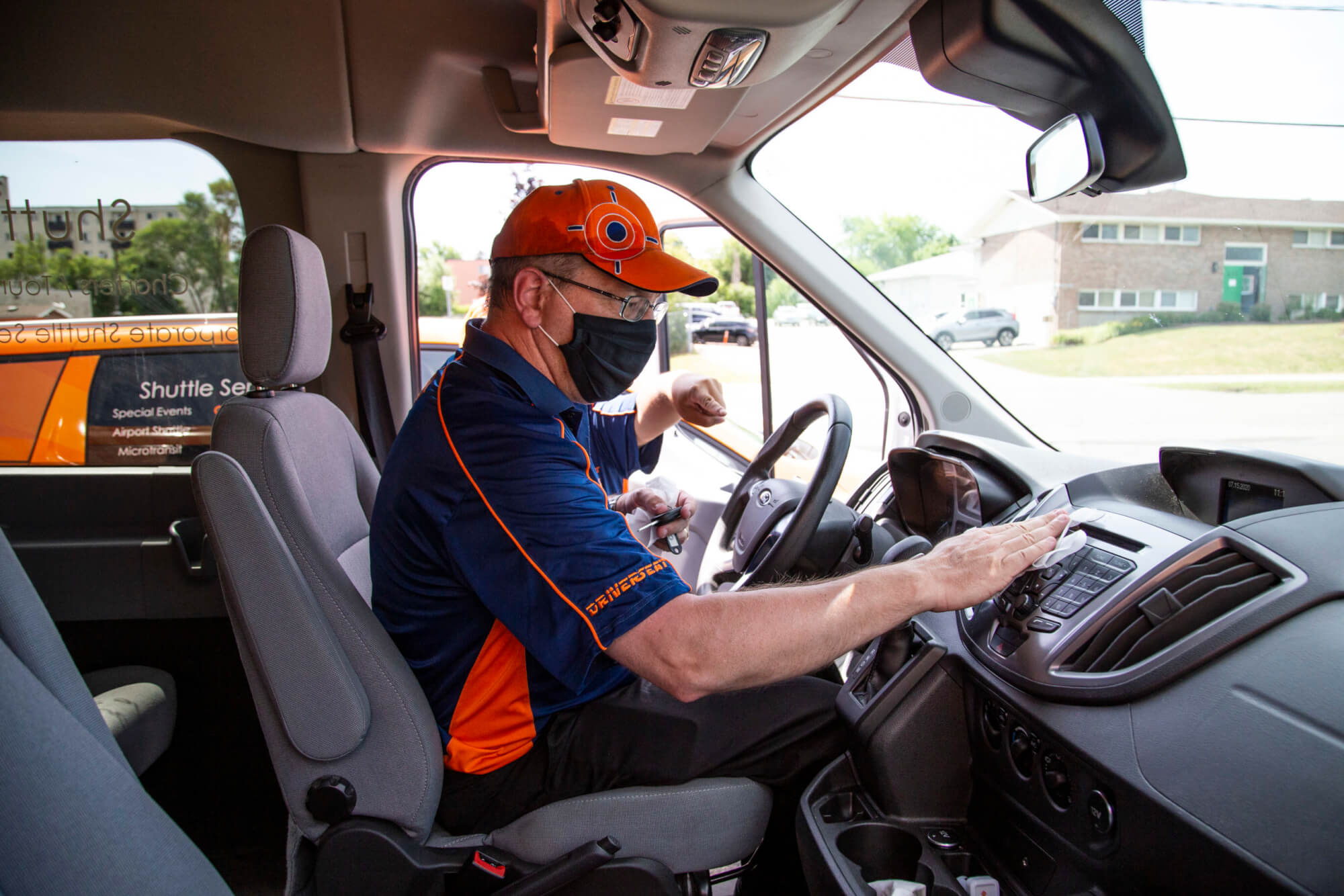A concept that most say came into light in 2015, microtransit has seen significant growth in it’s market. As researchers analyze its market growth, large numbers are seen in the value microtransit will have globally. According to research conducted by Frost & Sullivan -a consulting and research firm- the microtransit market will grow from its 2017 estimated value of $2.8 billion to $551.61 billion in 2030. That is almost 200% growth in the market!
Most of this growth is expected to be generated from Europe and China. European countries and cities in China have seen a rapid increase in the demand for late-night shuttles and para-transit lines from the aging population. Furthermore, microtransit is expected to be the solution for many concerns addressed in public transportation. Most public transit operators have seen that their bus lines have been empty 80% of their schedule due to an imbalance of operational budget. Thus, an efficient microtransit service can offer a solid alternative with smaller vehicles as the option is introduced and integrated more by society.
People are paying for comfortability. That is exactly why the market is being led by the older population. Options such as public transportation and bus services such as the Megabus, is not a reliable option for this age demographic. Thus, microtransit is expected to surpass these two industries in the years to come. Market decline is already seen in the bus services after Greyhound announced its closure of services in Canada, effective immediately. This further opens an opportunity for microtransit to fill the gap left by the closing businesses like Greyhound.
Overall, KPIs will lead to further growth and a better transition to the use of micro-transit in everyday life. Every effective business model contains a method of measuring its performance. KPIs such as customer satisfaction rate and average wait time for a ride and potentially. Based on the closure of Britain’s Charriort DRT (demand-responsive transit), orchestrational efficiency and optimization is essential in the growth of microtransit. This includes determining a viable method of sending the right vehicle to the right locations, an issue seen when there are a larger amount of clients. The lack of orchestrational efficiency lead to Charriott seeing weak guarantees of enough passenger pooling and expensive empty vehicle-kilometers.
Microtransit has shown outstanding numbers in specific countries while it is still being introduced in others. Although the Canadian market is still growing to reach the levels of Europe and China, Driverseat Niagara is here before the curve hits and plans for substantial growth in the upcoming years.




